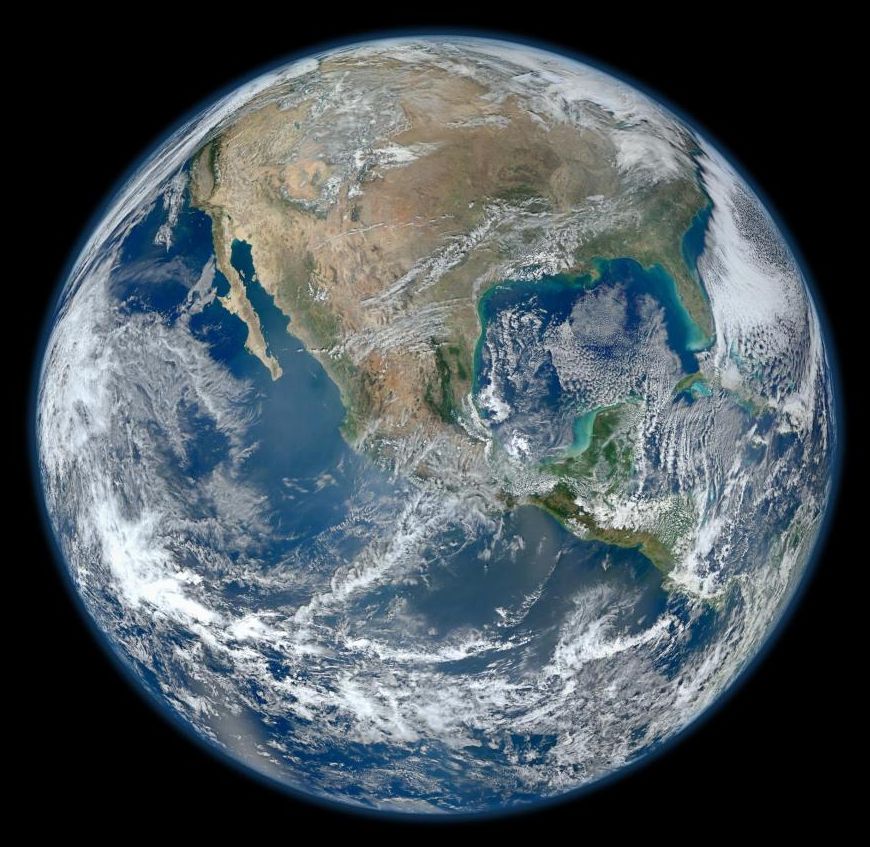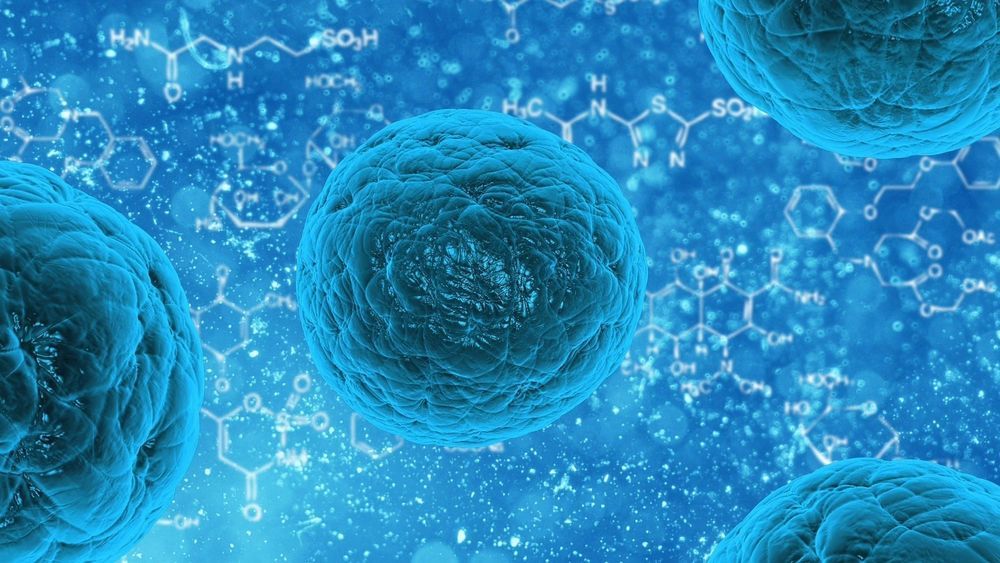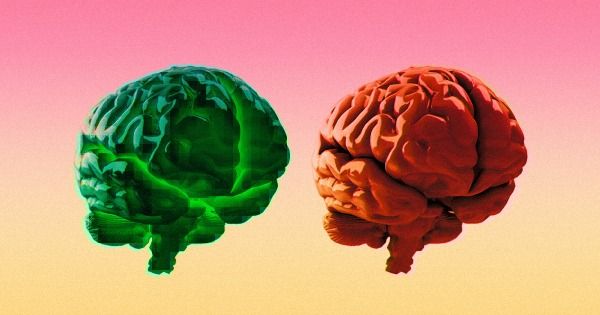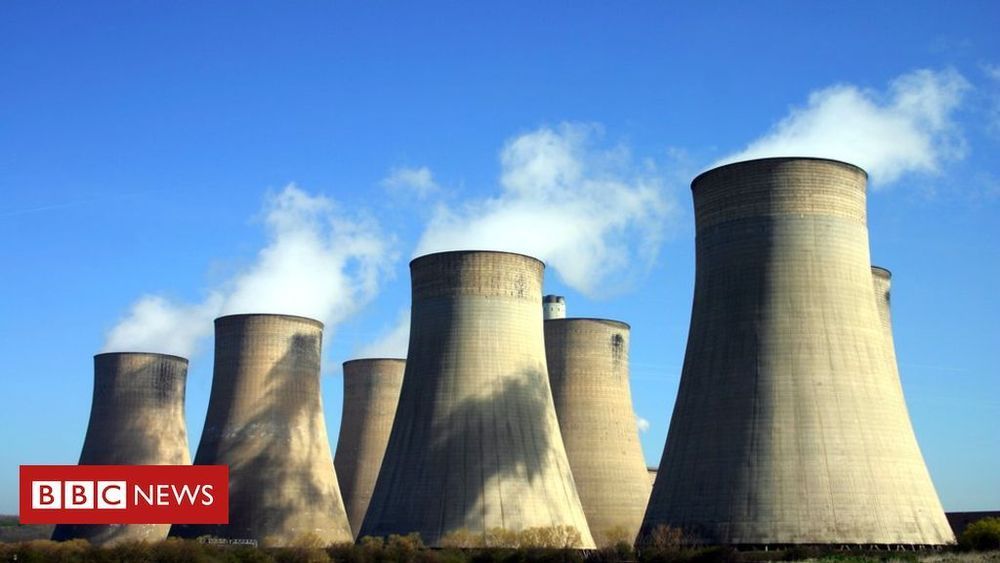Page 8185
Apr 23, 2019
Keith Comito On Undoing Aging — Interviewed By Adam Ford In Berlin, 2019 : Scifuture : Free Download, Borrow, and Streaming : Internet Archive
Posted by Steve Hill in categories: biotech/medical, internet, life extension

Keith Comito, interviewed by Adam Ford at the Undoing Aging 2019 conference in Berlin, discusses why solving the diseases of old age is a powerful cause.
How can solving aging reduce suffering? What are some common objections to the ideas of solving aging? How does Anti-Aging stack up against other cause…
Apr 23, 2019
Welding with stem cells for next-generation surgical glues
Posted by Quinn Sena in categories: bioengineering, biotech/medical
Scientists at the University of Bristol have invented a new technology that could lead to the development of a new generation of smart surgical glues and dressings for chronic wounds. The new method, pioneered by Dr. Adam Perriman and colleagues, involves re-engineering the membranes of stem cells to effectively ‘weld’ the cells together.
Cell membrane re-engineering is emerging as a powerful tool for the development of next generation cell therapies, as it allows scientists to provide additional functions in the therapeutic cells, such as homing, adhesion or hypoxia (low oxygen) resistance. At the moment, there are few examples where the cell membrane is re-engineered to display active enzymes that drive extracellular matrix production, which is an essential process in wound healing.
In this research, published in Nature Communications today, the team modified the membrane of human mesenchymal stem cells (hMSCs) with an enzyme, known as thrombin, which is involved in the wound healing process. When the modified cells were placed in a solution containing the blood protein fibrinogen, they automatically welded together through the growth of a natural hydrogel from the surface of the cells. The researchers have also shown that the resulting 3D cellular structures could be used for tissue engineering.
Continue reading “Welding with stem cells for next-generation surgical glues” »
Apr 23, 2019
2D stacking method could make 3D-printed organs viable
Posted by Quinn Sena in categories: 3D printing, bioprinting, biotech/medical, robotics/AI
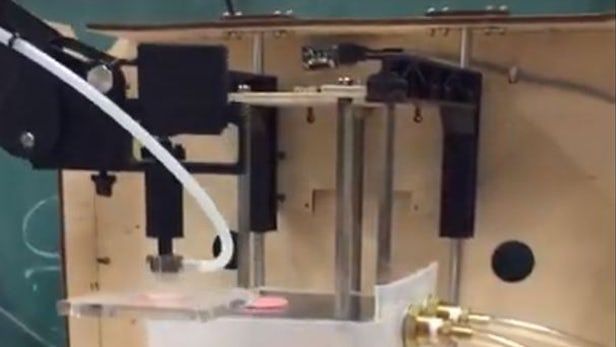
In an effort to scale up the manufacture of biomaterials, researchers at UC Berkeley have combined bioprinting, a robotic arm, and flash freezing in a method that may one day allow living tissue, and even whole organs, to be printed on demand. By printing cells into 2D sheets and then freezing them as assembled, the new technique improves cell survival during both building and storage.
Apr 23, 2019
New way to ‘see’ objects accelerates future of self-driving cars
Posted by Quinn Sena in categories: robotics/AI, transportation
The laser sensors currently used to detect 3D objects in the paths of autonomous cars are bulky, ugly, expensive, energy-inefficient – and highly accurate.
These Light Detection and Ranging (LiDAR) sensors are affixed to cars’ roofs, where they increase wind drag, a particular disadvantage for electric cars. They can add around $10,000 to a car’s cost. But despite their drawbacks, most experts have considered LiDAR sensors the only plausible way for self-driving vehicles to safely perceive pedestrians, cars and other hazards on the road.
Now, Cornell researchers have discovered that a simpler method, using two inexpensive cameras on either side of the windshield, can detect objects with nearly LiDAR’s accuracy and at a fraction of the cost. The researchers found that analyzing the captured images from a bird’s-eye view rather than the more traditional frontal view more than tripled their accuracy, making stereo camera a viable and low-cost alternative to LiDAR.
Continue reading “New way to ‘see’ objects accelerates future of self-driving cars” »
Apr 23, 2019
Researchers create artificial mother-of-pearl using bacteria
Posted by Quinn Sena in categories: energy, materials

The strongest synthetic materials are often those that intentionally mimic nature.
One natural substance scientists have looked to in creating synthetic materials is nacre, also known as mother-of-pearl. An exceptionally tough, stiff material produced by some mollusks and serving as their inner shell layer, it also comprises the outer layer of pearls, giving them their lustrous shine.
Continue reading “Researchers create artificial mother-of-pearl using bacteria” »
Apr 23, 2019
Elon Musk: Brain-Computer Interface Update “Coming Soon”
Posted by Quinn Sena in categories: education, Elon Musk, life extension, robotics/AI
AI Overlords
Musk has repeatedly warned of evil AI overlords in the past, saying that AI could become “an immortal dictator from which we could never escape” in a 2018 documentary called “Do You Trust This Computer?”
Most of what Neuralink is working on, including any plans for a brain computer interface, are still tightly under wraps. In one tantalizing clue, Bloomberg recently reported on a still unpublished academic paper by five authors who have been employed by or associated with Neuralink — though it’s unclear whether Musk’s tweet referred to their work.
Continue reading “Elon Musk: Brain-Computer Interface Update ‘Coming Soon’” »
Apr 23, 2019
Canadian researchers warn of ‘cascading impacts’ as bumblebee species decline
Posted by Quinn Sena in categories: existential risks, food
A team of researchers at York University has warned that the American bumblebee is facing imminent extinction from Canada, and this could lead to “cascading impacts” throughout the country.
The imminent extinction classification is considered the highest and most at-risk classification before extinction.
About 42 of the more than 850 species of bees in Canada are bumblebees — important pollinators needed to grow crops, including apples, tomatoes, blueberries and legumes, as well as trees, shrubs and wildflowers.
Continue reading “Canadian researchers warn of ‘cascading impacts’ as bumblebee species decline” »
Apr 23, 2019
Britain breaks coal-free power record over Easter weekend
Posted by Quinn Sena in category: energy
UK sees longest continuous period without generating electricity from coal as temperatures soar.
Apr 23, 2019
Atomic beams shoot straighter via cascading silicon peashooters
Posted by Quinn Sena in categories: particle physics, quantum physics, space travel
To a non-physicist, an “atomic beam collimator” may sound like a phaser firing mystical particles. That might not be the worst metaphor to introduce a technology that researchers have now miniaturized, making it more likely to someday land in handheld devices.
Today, atomic beam collimators are mostly found in physics labs, where they shoot out atoms in a beam that produces exotic quantum phenomena and which has properties that may be useful in precision technologies. By shrinking collimators from the size of a small appliance to fit on a fingertip, researchers at the Georgia Institute of Technology want to make the technology available to engineers advancing devices like atomic clocks or accelerometers, a component found in smartphones.
“A typical device you might make out of this is a next-generation gyroscope for a precision navigation system that is independent of GPS and can be used when you’re out of satellite range in a remote region or traveling in space,” said Chandra Raman, an associate professor in Georgia Tech’s School of Physics and a co-principal investigator on the study.
Continue reading “Atomic beams shoot straighter via cascading silicon peashooters” »
